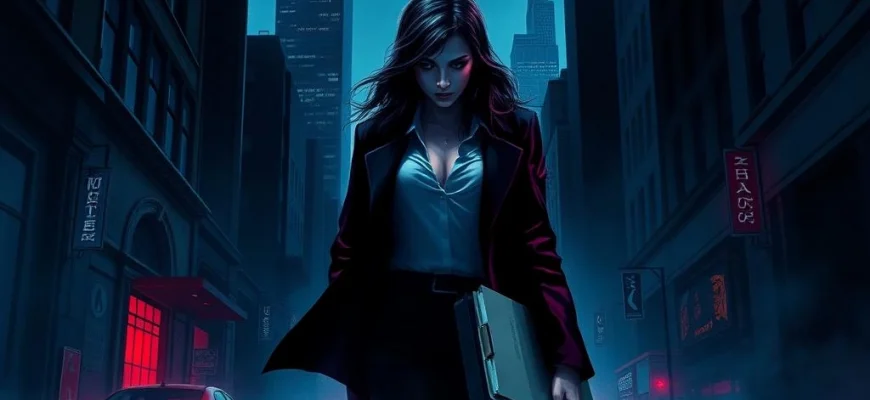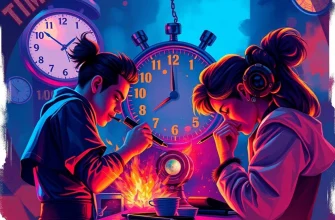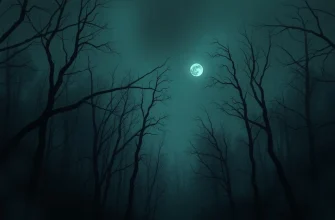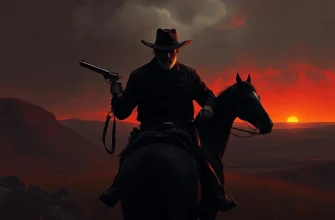If you loved the gripping noir thriller The File on Thelma Jordon (1949), you're in for a treat. This article explores 10 similarly suspenseful movies and shows that capture the same dark allure, intricate plots, and femme fatale mystique. Whether you're a fan of classic noir or modern twists on the genre, these recommendations will keep you on the edge of your seat.
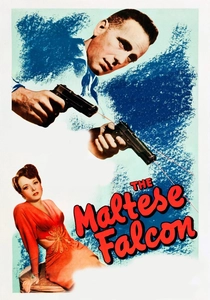
The Maltese Falcon (1941)
Description: A foundational film noir featuring a hard-boiled detective embroiled in a quest for a priceless artifact, surrounded by deceit and double-crossing characters. The film's sharp dialogue and moral ambiguity set the standard for the genre.
Fact: It was the third adaptation of Dashiell Hammett's novel. The film's success solidified Humphrey Bogart's status as a leading man and established John Huston as a major director.
 Watch Now
Watch Now 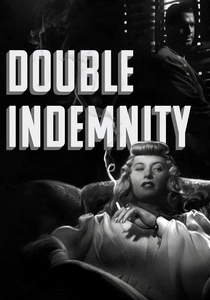
Double Indemnity (1944)
Description: A quintessential film noir featuring a morally ambiguous protagonist entangled in a web of deceit, crime, and seduction. The narrative is driven by a femme fatale and explores themes of betrayal and fatalism.
Fact: The screenplay was co-written by Raymond Chandler and Billy Wilder, marking Chandler's first foray into screenwriting. The film was initially controversial for its depiction of crime and adultery.
 Watch Now
Watch Now 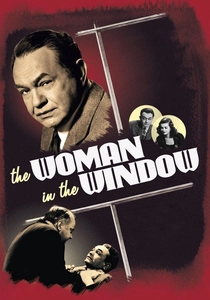
The Woman in the Window (1944)
Description: A psychological noir about a professor whose life unravels after a chance encounter with a mysterious woman leads to murder. The film's themes of guilt and paranoia are central to the noir ethos.
Fact: The film features a twist ending that was considered groundbreaking at the time. It was one of the first collaborations between director Fritz Lang and screenwriter Nunnally Johnson.
 Watch Now
Watch Now 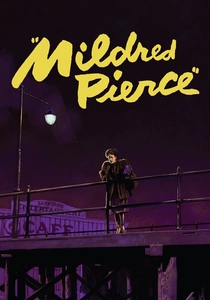
Mildred Pierce (1945)
Description: A noir melodrama that combines crime with family drama, focusing on a woman's sacrifices and the destructive relationship with her manipulative daughter. The film's emotional depth and moral ambiguity are key noir elements.
Fact: Joan Crawford won an Academy Award for her performance. The film was one of the first noirs to feature a female protagonist, breaking away from the typical male-centric narratives of the genre.
 Watch Now
Watch Now 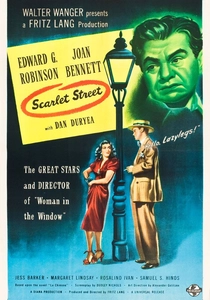
Scarlet Street (1945)
Description: A dark tale of obsession and downfall, where a meek man is manipulated by a femme fatale into crime and despair. The film's bleak tone and tragic ending are emblematic of noir.
Fact: The film was controversial for its downbeat ending and was banned in several cities. It was one of the first noirs to be directed by Fritz Lang in America.
 Watch Now
Watch Now 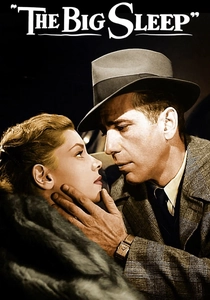
The Big Sleep (1946)
Description: A labyrinthine plot filled with intrigue, double-crosses, and a hard-boiled detective navigating a world of corruption and vice. The film's dark tone and sharp dialogue are hallmarks of the genre.
Fact: The screenplay was co-written by William Faulkner. The film's plot is famously convoluted, with even the actors reportedly confused about who committed one of the murders.
 Watch Now
Watch Now 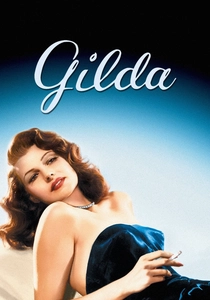
Gilda (1946)
Description: A sultry noir filled with jealousy, betrayal, and a magnetic femme fatale at its center. The film explores themes of obsession and revenge in a glamorous yet dangerous setting.
Fact: Rita Hayworth's performance and the iconic 'Put the Blame on Mame' musical number became legendary. The film was initially criticized for its risqué content but has since become a classic.
 Watch Now
Watch Now 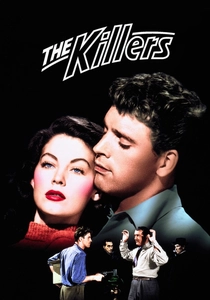
The Killers (1946)
Description: A gripping noir that follows an insurance investigator unraveling the mystery behind a doomed man's past. The film's non-linear storytelling and existential themes are quintessential noir.
Fact: The film marks Burt Lancaster's screen debut. It was based on a short story by Ernest Hemingway, who reportedly disliked the adaptation but praised Lancaster's performance.
 Watch Now
Watch Now 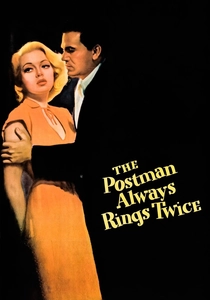
The Postman Always Rings Twice (1946)
Description: This film epitomizes the noir genre with its tale of passion, murder, and inevitable doom. The story revolves around a drifter and a married woman whose illicit affair leads to a deadly conspiracy.
Fact: The film was based on a novel by James M. Cain, which was so scandalous at the time that it was banned in Boston. It was the third adaptation of the novel but the first in English.
 Watch Now
Watch Now 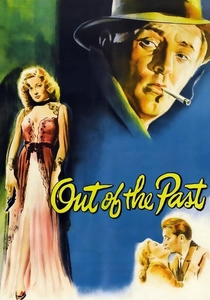
Out of the Past (1947)
Description: A classic noir that delves into themes of fate and redemption, featuring a protagonist with a shadowy past who is pulled back into a world of crime by a manipulative woman.
Fact: The film is renowned for its complex narrative structure and atmospheric cinematography. It was shot on location in California and Mexico, adding to its gritty realism.
 Watch Now
Watch Now 
